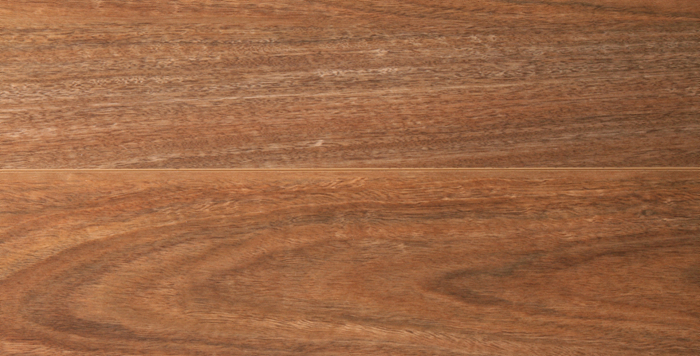
SPOTTED GUM TIMBER FLOORING AND DECKING
CORYMBIA MACULATA / CORYMBIA CITRIODORA
Spotted Gum trees can grow to 45 m in height and 1.3 m in diameter. They have straight, slender trunks with smooth bark. The bark is shed in patches, giving the species its characteristic spotted appearance. The appearance of the timber is quite varied in colour ranging from caramels to chocolates. Gum veins are quite common and the presence of wavy grain can produce an attractive fiddleback figure.
Highly desirable as timber flooring, its variation of colors makes it a great choice for matching any color scheme within a home and its hard nature make it resistant to scratches and dints.
Spotted Gum will readily accept paint, stain and polish. It has a lower tannin content than most other eucalypts, therefore staining of paintwork, brickwork etc., as a result of water running over unpainted timber surfaces, is less likely to occur.
Spotted Gum is often used in wharf and bridge construction, railway sleepers, cross-arms, poles, piles and mining timbers. As unseasoned timber in general house framing and as seasoned dressed timber in cladding, internal and external flooring, decking, linings and joinery. Also in fencing, landscaping, retaining walls and as structural plywood, Internal fine furniture, outdoor furniture, turnery, joinery, and parquetry.
Other common uses are Tool handles, boat building (keel and framing components, planking, decking), coach, vehicle and carriage building, agricultural machinery, sporting goods (baseball bats, croquet mallets, spring and diving boards, parallel bars) and bent work. It has been used for butcher´s blocks, meat skewers, mallet heads, ladder rungs, wheel spokes, wine casks and broom handles. Spotted gum is the main Australian species for tool handles which are subjected to high impact forces, such as axe handles.
Janka Rating 11
